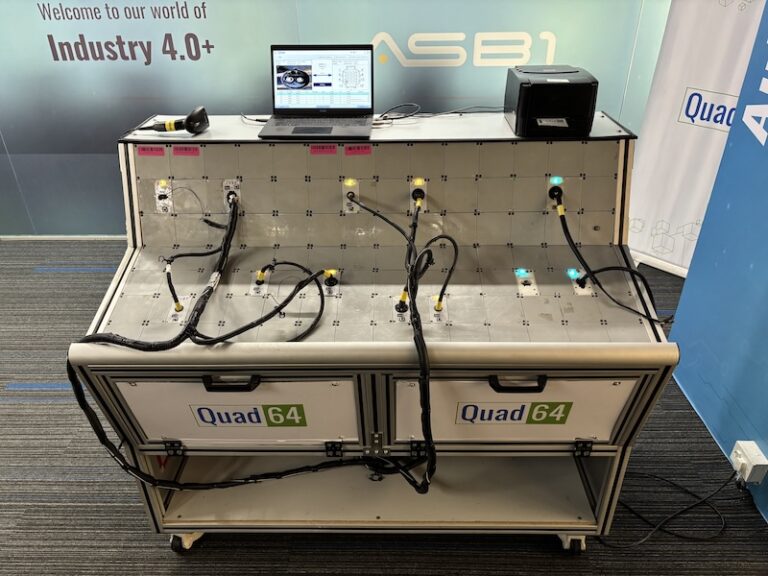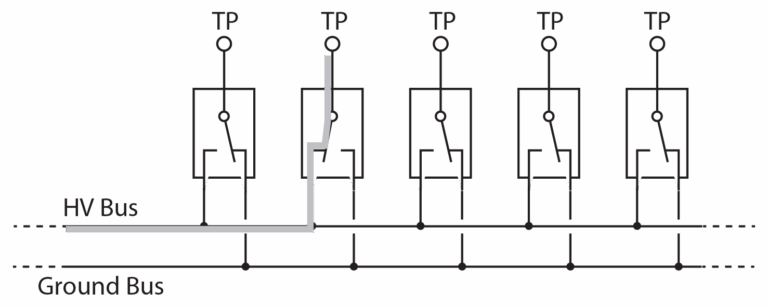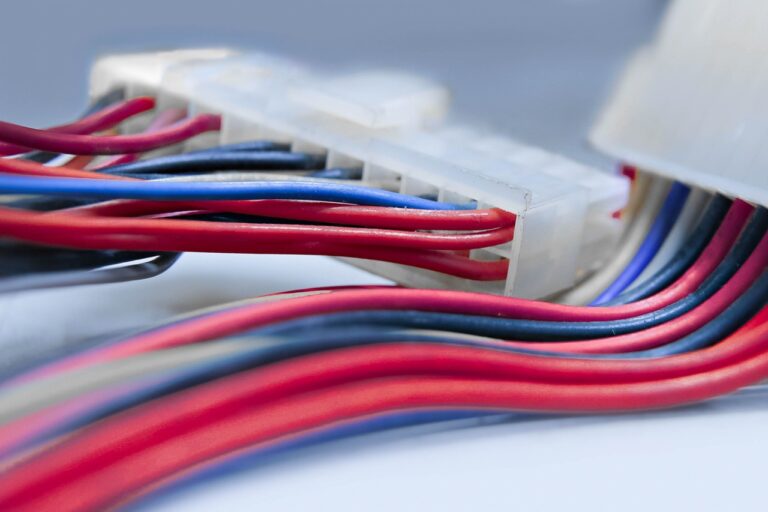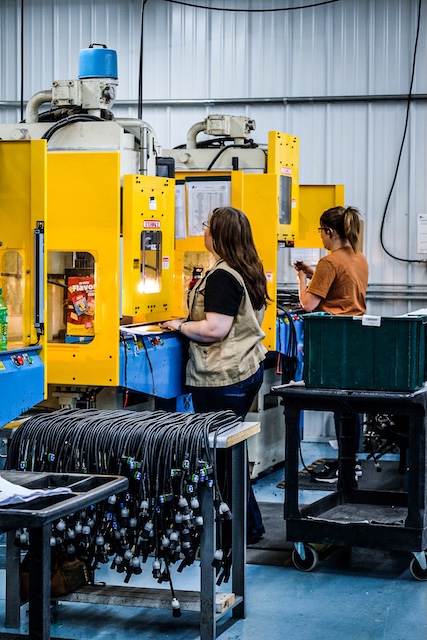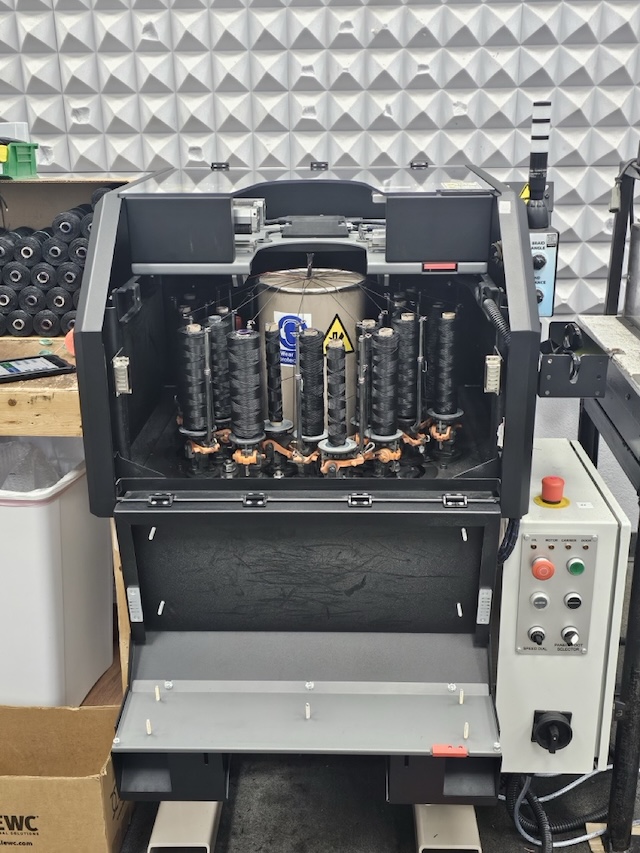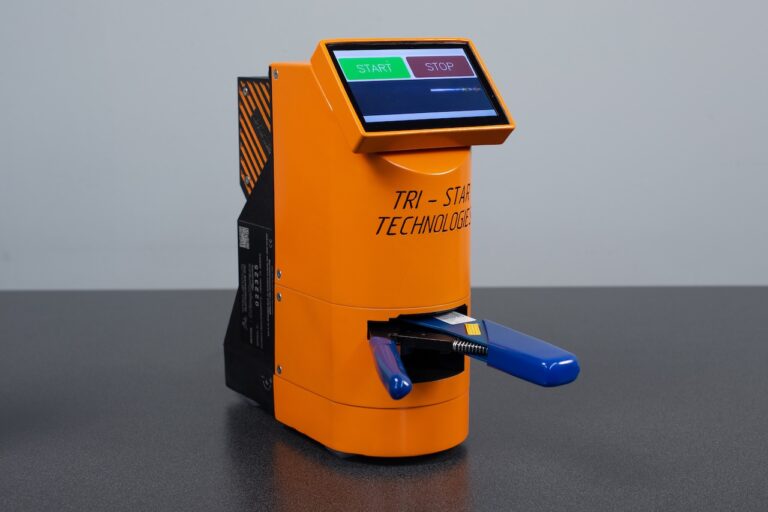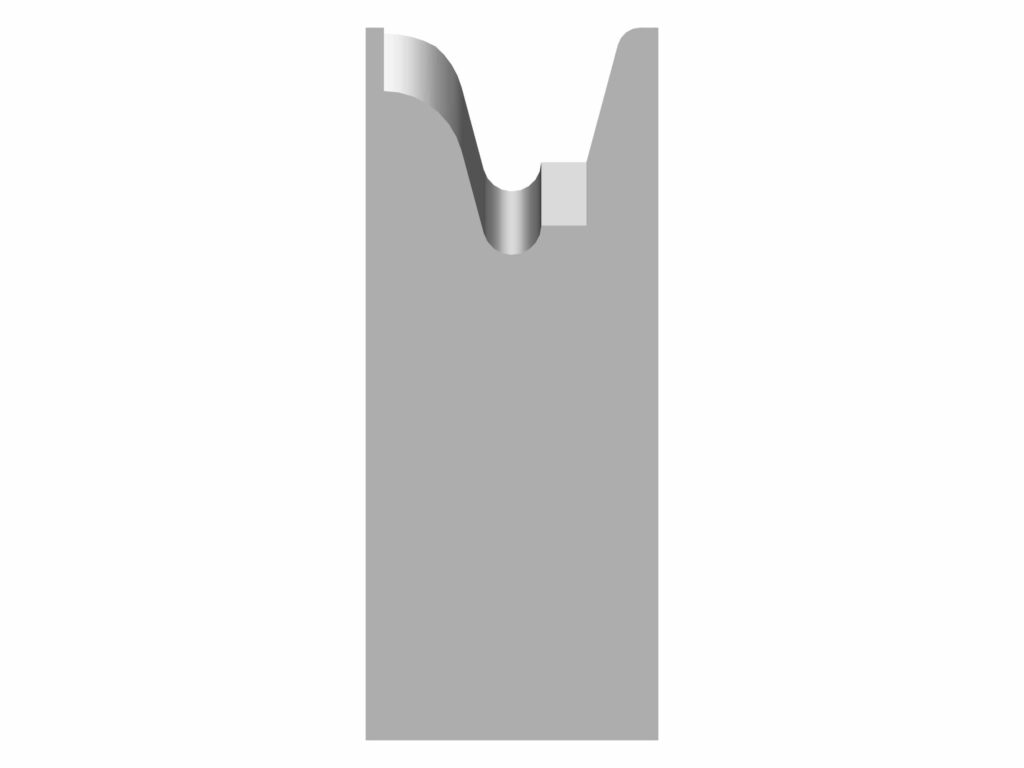Wire Stripping Technology: A Better Blade
Mechtrix Corporation, a manufacturer of tooling for the wire processing industry, has recently developed and patented a new wire stripping blade design they call the Cyclonic-V®. It has a unique geometry and an enhanced slicing action that is especially suited for some of the more exotic insulation materials. Bil DeGrace, Vice President of Mechtrix, recently explained the technology, and why it was developed.
“Wire processing machines have evolved greatly over time,” he began. “Automated wire stripping equipment has gone from mechanical cutter-heads, to those driven by stepper motors, then on to servo powered equipment. These changes have resulted in a much more precise set of operating characteristics versus the older equipment.” He further outlined that over the same time, machines moved away from using multiple blade sets, to using just a single blade set.
According to Bil, these advances and limitations presented a particular challenge when stripping certain difficult materials (Semi-Rigid PVC, Irridated PVC, Kynar®, Tefzel®, Teflon®, Thermoplastic Rubber, etc.). “Customers were coming to us with wires that were very difficult to process with existing blade geometries. We had solutions developed 20 years ago, but those solutions could not be used in the current machines without modifying the tool holders,” Bil remembered.
To add further difficulty to the task, the materials (insulations) were becoming even thinner and harder to strip reliably. “It was obvious a new solution was required, so I was thinking about this and looking at the cutting form geometry. What I came up with was a design that replaced one half of the stripping form geometry with an integrated guiding feature.” This allowed Mechtrix to utilize the same incline angle as the existing blades (for blade edge strength) AND still create a blade form geometry that would displace less material as it penetrated the insulation. “Now, when the opposing blades meet, only half of the blade thickness is cutting through the material so we get a cleaner, straighter cut.” Bil confirmed.
Bil explained another advantage using the example of pressing a steak knife blade against the palm of your hand. It would take a great deal of pressure to cut through the skin. However, if you slide the blade just slightly, you will easily cut the skin. “With one blade edge to guide, and the other edge to cut, we’re able to increase the slicing action to cut cleanly through the insulation. This also creates a much better circumferential cut so that you’re not tearing as much insulation during the stripping motion.” he detailed.
During the stripping operation, the guide performs two functions. “It makes sure that you don’t penetrate too far into the insulation, and it also rotates the insulation just slightly so you actually get a better cut all the way around the insulation,” Bil explained. “When you look at it, it’s a pretty straightforward concept, and everybody that has seen it instantly understands exactly what we’re doing. It’s just a matter of having today’s advanced manufacturing equipment to be able to create these difficult geometries.”
When Mechtrix presented the design to the US Patent Office, they thought several elements of the design were patentable. “They granted about three quarters of those elements and reviewed the other 25%,” Bil described. “They then granted a second patent on the rest of the elements, so that’s why we actually have two patents on the Cyclonic-V® blade”
You can check out more about this innovation in blade technology by visiting www.mechtrix.comand clicking on the What’s New tab.

























